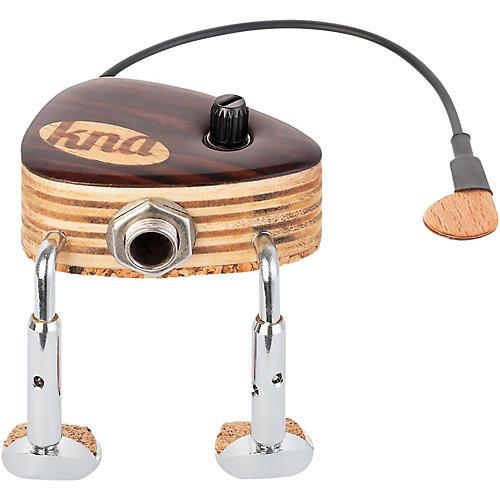
When you cut the rod piezo, you’ll be cutting it in the lower “divet” just PAST the last “bump” you want to keep. For a 3-string, you’ll want three bumps, for a 5-string five, etc. So when looking to shorten the rod piezo for fewer strings, you need to count over from the lead-side of the rod piezo the number of bumps that corresponds to the number of strings on your instrument. So if you look closely at one, you’ll see six raised “bumps” and five lower “divets”. You do not need to remove the shrink tubing to cut the rod piezo – it is actually highly recommended that you leave it on.īy design, the ceramic wafers on the top of the piezo rod correspond to the strings on the guitar. Note that we have removed the black shrink wrap casing in the photos for clarity, but you can still tell where the wafers are when the shrink tubing is on by looking for the bumps. This strip, and the conductive base under the ceramic wafers, are both connected to the leads that run from the piezo rod (generally a single wire with an insulated positive lead inside a wired mesh ground). Across the top of these wafers runs a thin strip of conductive metal, usually copper.

The main body of the rod is conductive metal, and onto this metal is glued small ceramic wafer rectangles, as shown in the photo. Instead of a round disk, they tend to be long and thin – those made for a standard 6-string acoustic guitar tend to be about 2 ¾” long by about 1/8” wide by about 3/16” high. Unlike disk piezos which are used in all sorts of different devices, rod piezos are designed specifically for use as acoustic instrument pickups. Browse on over and check it out!įirst, a little bit about the anatomy of a rod piezo. You can get Rod & Disk Piezosand all sorts of other great guitar and cigar box guitar gear over at our C. However, it is important to cut it them in a certain way so you don’t ruin them, which is what this article will show you.

Fortunately, it is a fairly simple process to cut the rod piezos to a shorter length, for 3 or 4-string setups.

However, the standard rod piezo is made for a 6-string guitar, and at 2 ¾” in length, is often longer than a cigar box guitar builder needs or wants for embedding in a bridge. Rod piezos can give you great improvements in overall tone and sound on your instrument builds, compared to a standard disc piezo.


 0 kommentar(er)
0 kommentar(er)
